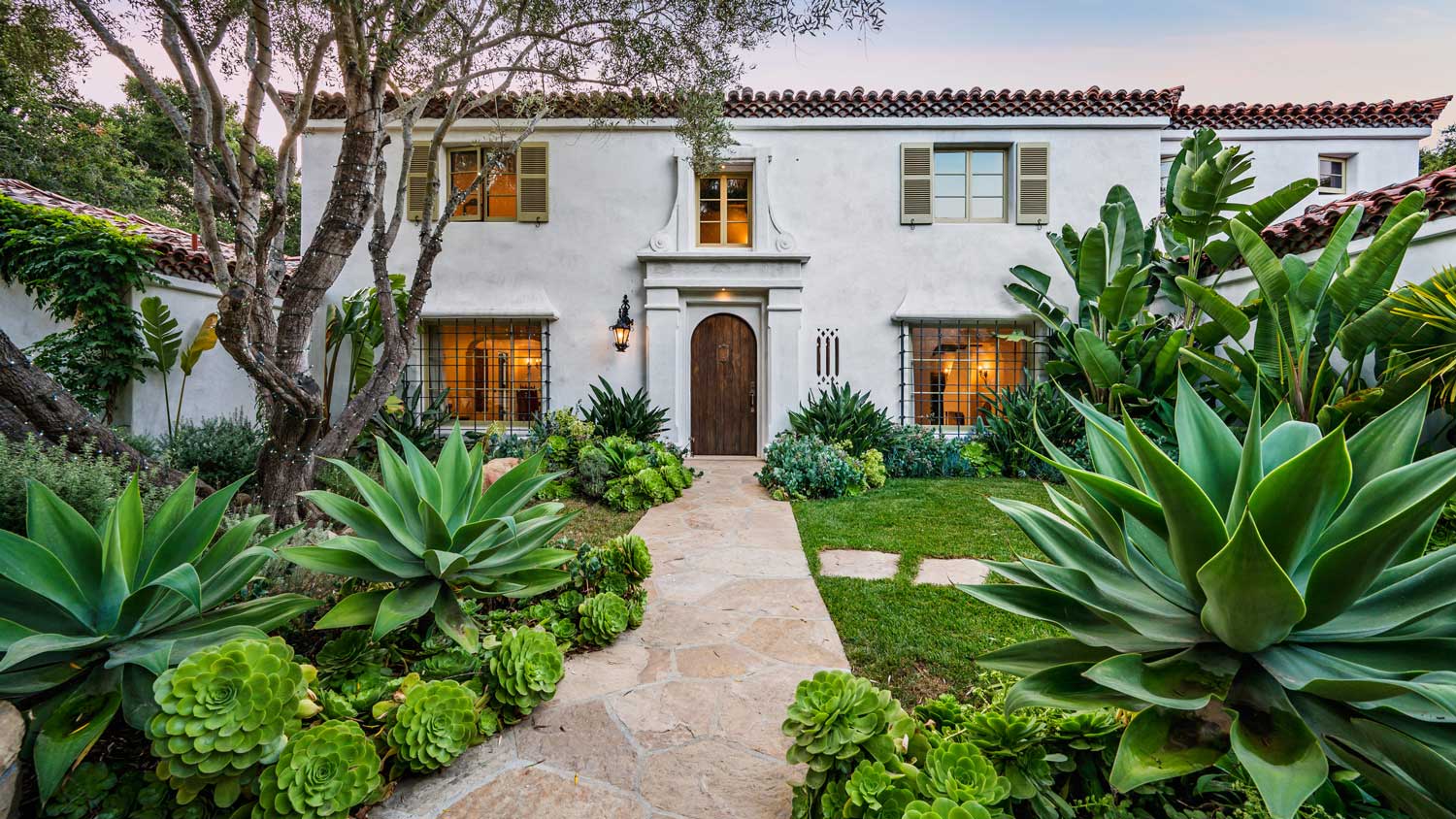
What are average sod installation prices? Learn how much sod costs based on factors like square footage, land prep, land condition, and more.
Prepare your pond to withstand cold weather with a simple winterization process


If you want to enjoy a vibrant pond in the spring, it’s essential to prepare it to stay healthy during the winter season. Unsure of how to winterize a pond? We’ve got you covered with this helpful how-to guide on winterizing a pond for best results.
Before it’s time to winterize your pond, there are steps you can take to make the process easier. For example, putting a pond net over your pond before autumn leaves start to fall will make for a much lighter cleaning later on. You could also fill your pond with types of plants and fish that can easily survive in the winter. This step will save you even more time during winterization.

First, you’ll want to remove any fallen leaves and debris from your backyard pond. Otherwise, they could decay and release harmful gases that can kill fish and other wildlife. Use a pond net to remove any floating leaves from the surface, and then remove any debris from the bottom of the pond.
If you installed netting, this should be a fairly quick process. Simply remove and discard leaves or debris from the netting, and store the net away in a dry place. Make sure to check the pond for any leaves or debris that the net didn’t catch.
If you plan to shut down your pond for the winter, the next step is to turn off your pump. Detach the pump from any plumbing or water source and allow the water to drain out. Then, take a cloth and clean any debris off your pump. Do the same for other equipment, such as the filter media and UV clarifiers. It’s best to store your pump in a bucket of water to prevent drying and cracking. Lastly, store your equipment away in a dry place that will not freeze.

Like decaying leaves, dying plants can harm your pond’s health. Use pruning tools to remove any dead or dying foliage down to the base of your pond plants. You’ll need to discard plants that cannot withstand winter temperatures or bring them indoors.
Keeping an aerator in your pond over the winter will ensure proper oxygen levels and prevent harmful gases from being trapped underneath the ice. A de-icer keeps a hole open in the ice, making sure that fish can survive.
Bacteria isn’t always a bad thing. In fact, adding cold water bacteria to your pond can ensure that it stays clean and healthy during the winter months. Designed for low temperatures, cold water bacteria will keep debris at bay and minimize the maintenance you’ll have to do on your pond when spring rolls back around.

Before your pond fish go into hibernation, you’ll want to ensure they’re healthy. As water temperature drops, so does the metabolism and digestion of your fish. Before temperatures fall below 50 degrees Fahrenheit, switch your fish to a cold-weather food and gradually reduce the times per week and amount you feed your fish. Then, stop feeding your fish entirely once the temperature is below 50 degrees.
Generally speaking, winterizing a pond is a simple and inexpensive process that most homeowners should be able to do themselves, but it will take a few hours of your time. If you have a busy schedule, you can always hire a pond cleaning pro to get the job done. Pond cleaning professionals may charge anywhere from $100 to $500 to winterize your pond. Your final cost will depend on location, materials needed, and the scope of the work.
From average costs to expert advice, get all the answers you need to get your job done.

What are average sod installation prices? Learn how much sod costs based on factors like square footage, land prep, land condition, and more.

We break down the cost to remove bamboo, which is slightly higher than other forms of tree removal. It's a difficult DIY task because of bamboo's hardy underground roots.

Looking to step up your golf game without leaving your property? This guide details backyard putting green costs to help you decide if this project is worth it.

What is the name of someone who designs landscaping? A landscape architect creates stunning, functional outdoor spaces with expert design skills.

Want a healthy, green lawn fast? Learn how to lay sod in just one day so that its grass grows into a robust lawn you’ll enjoy for many seasons to come.

Bird poop on outdoor furniture is a common homeowner problem. Use our guide to help you remove these unsightly stains and clean up your property.